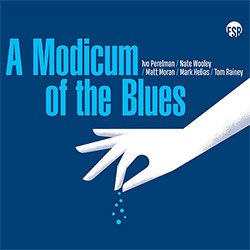
Tenor saxophonist Ivo Perelman joins Nate Wooley (trumpet), Matt Moran (vibes), Mark Helias (bass) and Tom Rainey (drums) in a tempered yet highly active quintet that nods to the blues, moving through free, melody-rich dialog; vibes replace piano to color the space as the group shifts from playful exchanges to surging peaks, their seemingly telepathic interplay balancing warmth and power.
In Stock
Quantity in Basket: None
Log In to use our Wish List
Shipping Weight: 3.00 units
EU & UK Customers:
Discogs.com can handle your VAT payments
So please order through Discogs
Sample The Album:
Ivo Perelman-tenor saxophone
Nate Wooley-trumpet
Matt Moran-vibes
Mark Helias-bass
Tom Rainey-drums
Click an artist name above to see in-stock items for that artist.
UPC: 5904441617993
Label: Fundacja Sluchaj!
Catalog ID: 15/2025
Squidco Product Code: 36645
Format: CD
Condition: New
Released: 2025
Country: Poland
Packaging: Cardboard Gatefold
Recorded at Parkwest Studios, in Brooklyn, New York, in May, 2024, by Jim Clouse.
"The blues - turned inside out, expunged, explored, and exploded - is this what this album is? The title would hint at this, so, given the reputations of Ivo Perelman and his collaborators - Nate Wooley on trumpet, Mark Helias on bass, and Tom Rainey on drums, might we expect some blues riffs?
One thing is sure. The group sounds as if they are having the time of their lives. Deep conversations, some arch playing over each other, and uplifting, playful interludes make this a Perelman-led album that has managed to find another niche within free jazz music.
Normally, Perelman's tenor sax playing in the lower registers is beautifully ferocious, and so energetic, you could dry paint with the remaining force, but here there is a tempering of the music, a honing down and diving deep into rhythms, patterns, and gestures enveloped by the quartet of musicians with a good dose of free form. Musical conversations are shared as instruments pick up, deliver, challenge, and at times, decisively take back musical ideas.
Let's not get carried away by the title and lean towards the blues in our expectations. Modicum is the word to keep in mind, and while there are subtle and clever nods to blues patterns and tempos, especially in the gesturing towards holler and response, this remains an album of spontaneous, free music.
Track 02's introduction briefly has overtures of a big band sound, but this lasts four bars before the free-range exploration begins with Wooley's trumpet leading the others in a wonderful, looping track, with melodies that arise like wisps before they vanish. But some are captured by Perelman, who translates them from misty essence into gorgeous, sensual tenor sax moodiness, the others dropping back for a while to leave percussion bells and Perelman in conversation. Until, that is, they tire of observing and rush in as one to take an active, and riotous part. Track 03 has an inherent sadness about it, the buzzy sax line sounding like a soft wail at times, and the play on the minor key changes adds to the deep, emotive atmosphere. On this track, imagery is ramped up to the full. You can imagine fields, workers, chants, and hollers - and not just because the title inspires it. Helias's bass work is impressive, subtle, delivering a chuntering, powerful conduit, powering the others, and presenting a solid line for them to hang their contributions on.
Not the feisty, fearless Perelman of many recordings, but here now and then, there is a reflective, more sensitive design to his playing. There is so much room on this album - room for solos, room for conversations between instruments, and room for free-for-all sections where each instrument struggles to be heard, held together by the sax delivered by Perelman in tempered, controlled ways.
Track 04 has outstanding bass as an introduction, Wooley's imperious trumpet adds layers across the top, and Perelman delivers sweet, mellifluous lines, interspersed with equally emotive free explorations.
On track 05, the instrumance [sic] between Helias's bass and Perelman's tenor is beautiful to hear in the opening, and Perelman then sprints off into a playful mode with the bass. The track then develops into a wonderful, layered debate with each instrument adding its voice, considering, listening, and coming back for more interaction. Just beautiful.
As ever with Perelman at the helm, each track is a story, the stories told in different ways, about different subjects, times, and images are conjured from pictorial meadows to the darkest recesses of the human soul by this magician of music but on this album, there is little of the dark side and a lot of the fun, explorative, playing with sound. Perelman, on other recordings, has stayed in the altissimo register, but here he travels the full range of his sax, switching into altissimo only for brief passages and largely remaining at the ground level. A lot less squeaking and a lot more speaking, you might say. But speak he does, and there is emotion in his playing too, as he explores yet another niche of music, clearing out the corners and revealing what is hidden. Perelman is prolific and produces albums on a regular basis. It might be expected that by this point in his illustrious career, he is nearing the point of exhausting free playing, there can't be more to find, but Perelman finds those hidden treasure, winkles them out and, with the help of superb musicians who understand his intentions, throws these musical gems at the feet of the listener to gather in if they wish."-Sammy Stein, The Free Jazz Collective
Get additional information at The Free Jazz Collective
Artist Biographies
• Show Bio for Ivo Perelman "Born in 1961 in São Paulo, Brazil, Perelman was a classical guitar prodigy who tried his hand at many other instruments - including cello, clarinet, and trombone - before gravitating to the tenor saxophone. His initial heroes were the cool jazz saxophonists Stan Getz and Paul Desmond. But although these artists' romantic bent still shapes Perelman's voluptuous improvisations, it would be hard to find their direct influence in the fiery, galvanic, iconoclastic solos that have become his trademark. Moving to Boston in 1981, to attend Berklee College of Music, Perelman continued to focus on mainstream masters of the tenor sax, to the exclusion of such pioneering avant-gardists as Albert Ayler, Peter Brötzmann, and John Coltrane (all of whom would later be cited as precedents for Perelman's own work). He left Berklee after a year or so and moved to Los Angeles, where he studied with vibraphonist Charlie Shoemake, at whose monthly jam sessions Perelman discovered his penchant for post-structure improvisation: "I would go berserk, just playing my own thing," he has stated. Emboldened by this approach, Perelman began to research the free-jazz saxists who had come before him. In the early 90s he moved to New York, a far more inviting environment for free-jazz experimentation, where he lives to this day. His discography comprises more than 50 recordings, with a dozen of them appearing since 2010, when he entered a remarkable period of artistic growth - and "intense creative frenzy," in his words. Many of these trace his rewarding long-term relationships with such other new-jazz visionaries as pianist Matthew Shipp, bassists William Parker, guitarist Joe Morris, and drummer Gerald Cleaver. Critics have lauded Perelman's no-holds-barred saxophone style, calling him "one of the great colorists of the tenor sax" (Ed Hazell in the Boston Globe); "tremendously lyrical" (Gary Giddins); and "a leather-lunged monster with an expressive rasp, who can rage and spit in violence, yet still leave you feeling heartbroken" (The Wire). Since 2011, he has undertaken an immersive study in the natural trumpet, an instrument popular in the 17th century, before the invention of the valve system used in modern brass instruments; his goal is to achieve even greater control of the tenor saxophone's altissimo range (of which he is already the world's most accomplished practitioner). Perelman is also a prolific and noted visual artist, whose paintings and sketches have been displayed in numerous exhibitions while earning a place in collections around the world." ^ Hide Bio for Ivo Perelman • Show Bio for Nate Wooley "Nate Wooley was born in 1974 in Clatskanie, Oregon, a town of 2,000 people in the timber country of the Pacific Northwestern corner of the U.S. He began playing trumpet professionally with his father, a big band saxophonist, at the age of 13. His time in Oregon, a place of relative quiet and slow time reference, instilled in Nate a musical aesthetic that has informed all of his music making for the past 20 years, but in no situation more than his solo trumpet performances. Nate moved to New York in 2001, and has since become one of the most in-demand trumpet players in the burgeoning Brooklyn jazz, improv, noise, and new music scenes. He has performed regularly with such icons as John Zorn, Anthony Braxton, Eliane Radigue, Ken Vandermark, Fred Frith, Evan Parker, and Yoshi Wada, as well as being a collaborator with some of the brightest lights of his generation like Chris Corsano, C. Spencer Yeh, Peter Evans, and Mary Halvorson. Wooley's solo playing has often been cited as being a part of an international revolution in improvised trumpet. Along with Peter Evans and Greg Kelley, Wooley is considered one of the leading lights of the American movement to redefine the physical boundaries of the horn, as well as demolishing the way trumpet is perceived in a historical context still overshadowed by Louis Armstrong. A combination of vocalization, extreme extended technique, noise and drone aesthetics, amplification and feedback, and compositional rigor has led one reviewer to call his solo recordings "exquisitely hostile". In the past three years, Wooley has been gathering international acclaim for his idiosyncratic trumpet language. Time Out New York has called him "an iconoclastic trumpeter", and Downbeat's Jazz Musician of the Year, Dave Douglas has said, "Nate Wooley is one of the most interesting and unusual trumpet players living today, and that is without hyperbole". His work has been featured at the SWR JazzNow stage at Donaueschingen, the WRO Media Arts Biennial in Poland, Kongsberg, North Sea, Music Unlimited, and Copenhagen Jazz Festivals, and the New York New Darmstadt Festivals. In 2011 he was an artist in residence at Issue Project Room in Brooklyn, NY and Cafe Oto in London, England. In 2013 he performed at the Walker Art Center as a featured solo artist. Nate is the curator of the Database of Recorded American Music (www.dramonline.org) and the editor-in-chief of their online quarterly journal Sound American (www.soundamerican.org) both of which are dedicated to broadening the definition of American music through their online presence and the physical distribution of music through Sound American Records. He also runs Pleasure of the Text which releases music by composers of experimental music at the beginnings of their careers in rough and ready mediums." ^ Hide Bio for Nate Wooley • Show Bio for Matt Moran "Matt Moran received a Master's degree in jazz composition from New England Conservatory in 1995. At NEC he studied with the visionary composer and multi-instrumentalist Joseph Maneri, and has continued to learn from Maneri through performances with him. Since moving to New York in 1995 he has performed both as leader and sideman, including billings for the Knitting Factory's What Is Jazz? Festival, the JVC Jazz Festival, the Panasonic Village Jazz Festival, Lincoln Center Out-of-Doors, and the Vision Festival, as well as leading tours in the U.S. and Europe. Also active as a performer, teacher, and curator in the Balkan folk music scene, Moran plays traditional percussion with artists such as Lefteris Bournias, Raif Hyseni, Demetri Tashie, and other master musicians from the Balkans who have immigrated to New York. With Slavic Soul Party!, he sparked "Balkan Cabaret", a downtown music series for Balkan and Balkan-inspired music. Moran currently leads the groups Sideshow and Slavic Soul Party! He is also active performing and recording with John Hollenbeck's Claudia Quintet, the Mat Maneri Quintet, Theo Bleckmann, Dan Levin, Nate Wooley, Kavala Brass Band, and Zlatne Uste Balkan Brass Band. Vibraphonist and tunesmith Matt Moran "plays the vibraphone like a speed-chess master, always darting off into flurries of ingenious, unexpected activity" (Village Voice). He has performed and recorded with artists as diverse as Mat Maneri, Lionel Hampton, Combustible Edison, Ellery Eskelin, and Saban Bajramovic. Moran's sound is integral to an innovative group of New York musicians who blur the boundaries of composition, improvisation, and folk traditions." ^ Hide Bio for Matt Moran • Show Bio for Mark Helias "Mark Helias is a renowned bassist, composer and producer who has performed throughout the world for more than four decades with some of the most important and innovative musicians in Jazz and Improvised Music including Don Cherry, Edward Blackwell, Anthony Davis, Dewey Redman, Anthony Braxton, Abbey Lincoln, Cecil Taylor, and Uri Caine among many others. A prolific composer, Helias has written music for two feature films as well as chamber pieces and works for large ensemble and big band. His orchestra piece "Stochasm" was premiered by the American Composers Orchestra in June of 2011. Twelve recordings of his music have been released since 1984, his latest being "The Signal Maker" on the Intakt label. He teaches at Sarah Lawrence College, and SIM (School for Improvisational Music) in Brookyn, NY." ^ Hide Bio for Mark Helias • Show Bio for Tom Rainey "Thomas "Tom" Rainey (born 1957, Santa Barbara, California) is an American drummer. After attending Berklee College of Music he moved to New York in 1979. He has played with American jazz saxophonist and composer Tim Berne, and also with Nels Cline, Fred Hersch, Tony Malaby, Tom Varner, Drew Gress, Kenny Werner, Mark Helias, and Simon Nabatov. A prolific session musician, he has appeared on close to eighty recordings over a career spanning over 25 years. He released his own first album, Pool School (Clean Feed), in 2010." ^ Hide Bio for Tom Rainey
8/25/2025
Have a better biography or biography source? Please Contact Us so that we can update this biography.
8/25/2025
Have a better biography or biography source? Please Contact Us so that we can update this biography.
8/25/2025
Have a better biography or biography source? Please Contact Us so that we can update this biography.
8/25/2025
Have a better biography or biography source? Please Contact Us so that we can update this biography.
8/25/2025
Have a better biography or biography source? Please Contact Us so that we can update this biography.
Track Listing:
1. A Modicum Of Blues Part 1 13:38
2. A Modicum Of Blues Part 2 4:57
3. A Modicum Of Blues Part 3 10:26
4. A Modicum Of Blues Part 4 7:32
5. A Modicum Of Blues Part 5 10:01
Improvised Music
Jazz
Free Improvisation
Collective & Free Improvsation
NY Downtown & Metropolitan Jazz/Improv
Quintet Recordings
Nate Wooley
Staff Picks & Recommended Items
New in Improvised Music
Recent Releases and Best Sellers
Search for other titles on the label:
Fundacja Sluchaj!.




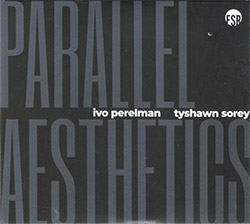
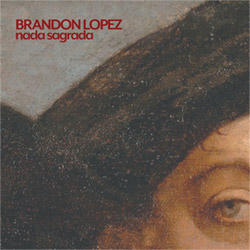
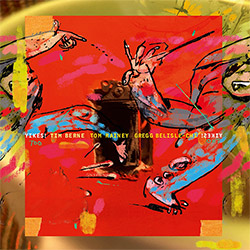

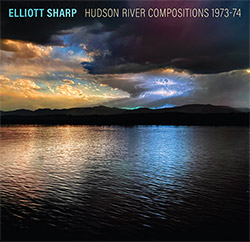
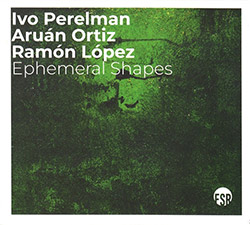

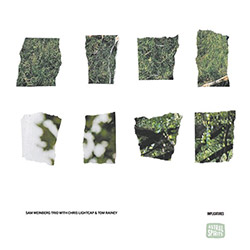
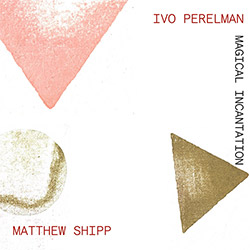
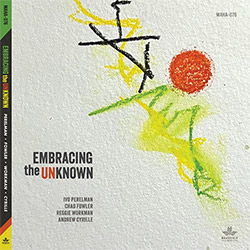
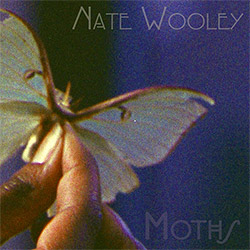
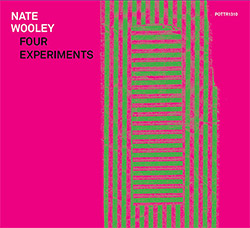
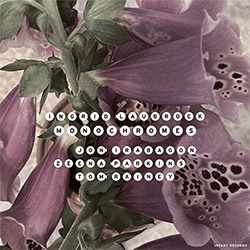

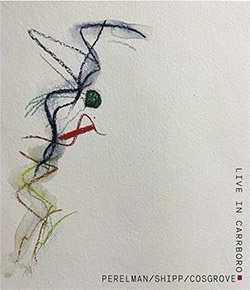
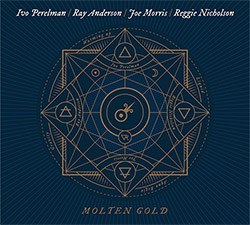
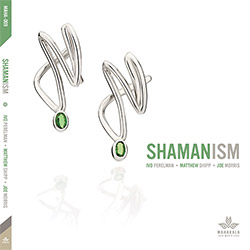
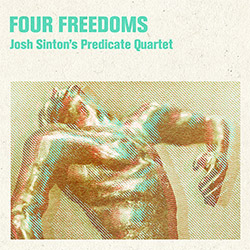
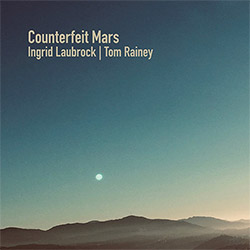
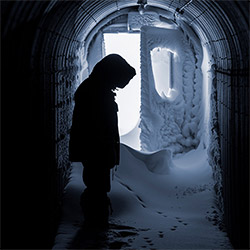
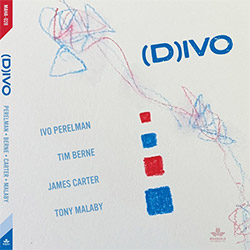
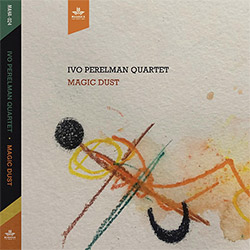
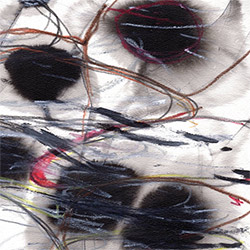
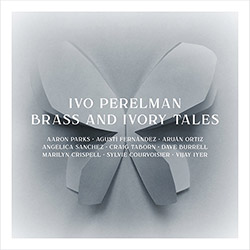
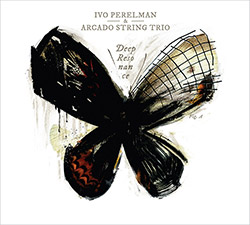

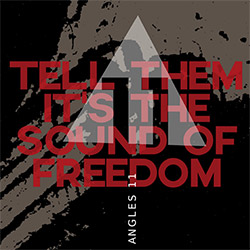
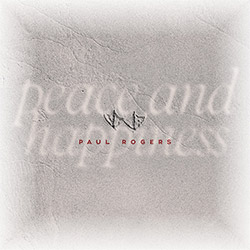
![Extraordinary Popular Delusions (Mars Williams / Jim Baker / Ed Wilkerson / Brian Sandstrom / Steve Hunt): The Last Quintet [2 CDs]](https://www.teuthida.com/productImages/misc4/36629.jpg)
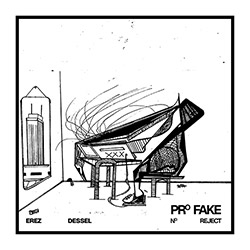
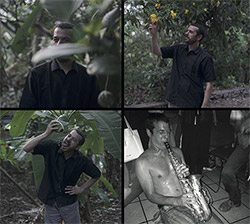
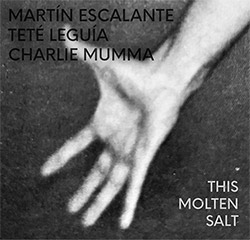
![Halat, Marcin / Maciej Garbowski: The Dialogues [2 CDs]](https://www.teuthida.com/productImages/misc4/36644.jpg)
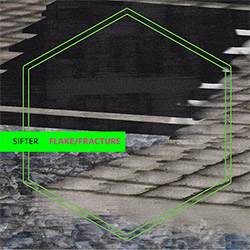
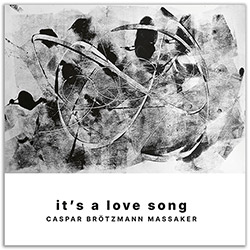
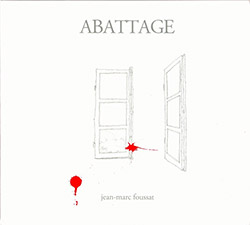
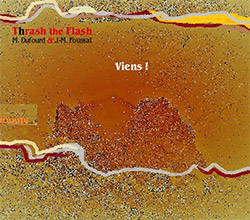
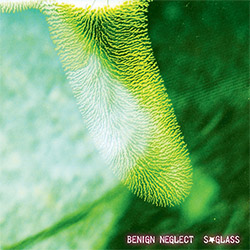
![A Magic Whistle: The Solar Cell [VINYL]](https://www.teuthida.com/productImages/misc4/36658.jpg)
![Yoshida, Tatsuya / Martin Escalante: The Sound of Raspberry [VINYL]](https://www.teuthida.com/productImages/misc4/36634.jpg)
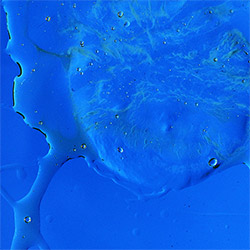
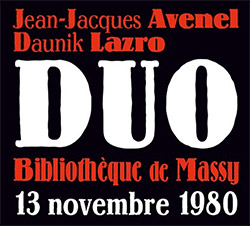
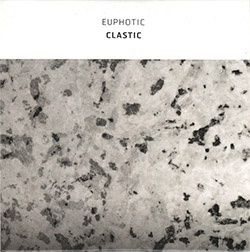
![McGee, Hal: Columbus Expedition [Cassette w/ Download]](https://www.teuthida.com/productImages/misc4/36650.jpg)
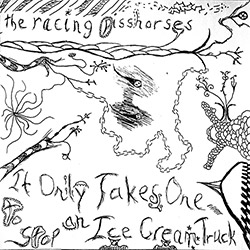
![Chadbourne, Eugene / Jair-Rohm Parker Wells : Fed Up With Bass [2 CDs]](https://www.teuthida.com/productImages/misc4/36656.jpg)
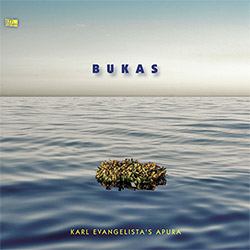
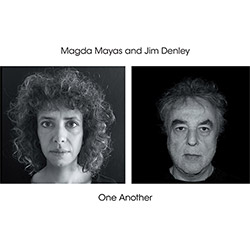
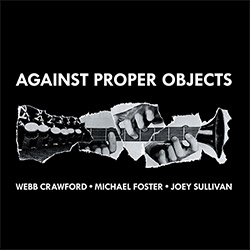
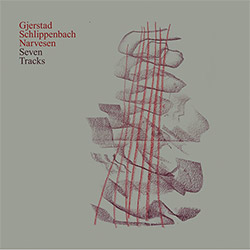
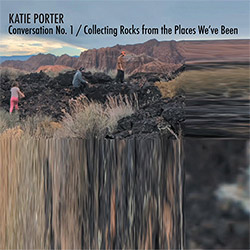
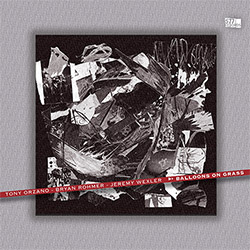
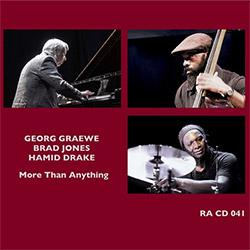
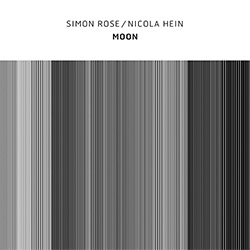
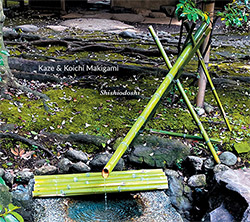
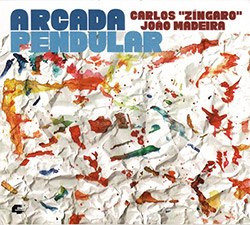
![Sun Ra: Sleeping Beauty [VINYL]](https://www.teuthida.com/productImages/misc4/36405.jpg)
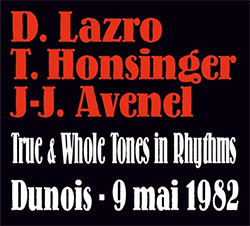
![Agosti, Monica Nica / ShapeX: Ornettiana [VINYL]](https://www.teuthida.com/productImages/misc4/36514.jpg)
![Flut (Kunz / Rossler / Hall): Stones That I Have Chiseled [VINYL]](https://www.teuthida.com/productImages/misc4/36516.jpg)
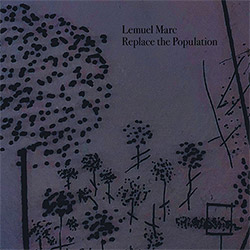
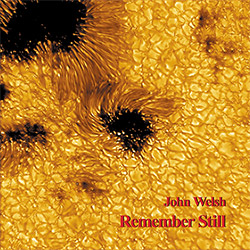
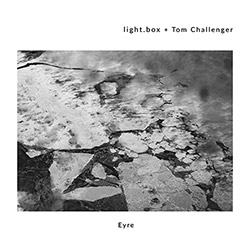
![Nakatani Gong Orchestra: NGO, Live in Ojai, California [VINYL GOLD]](https://www.teuthida.com/productImages/misc4/36470.jpg)
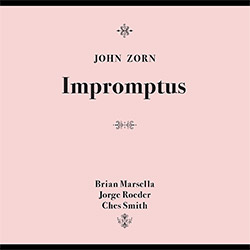


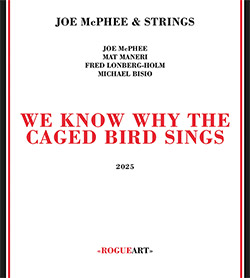

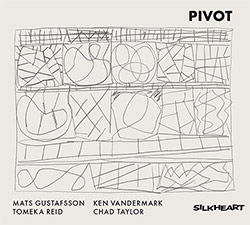
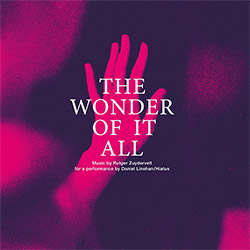

![Jaeger, Kassel: Fernweh [VINYL 2 LPs]](https://www.teuthida.com/productImages/misc4/36541.jpg)
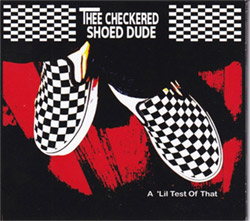
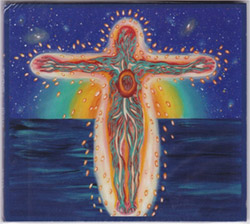
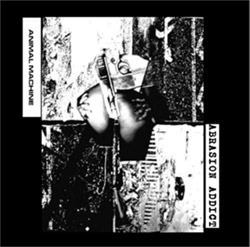


![+DOG+: The Light Of Our Lives [2 CDs]](https://www.teuthida.com/productImages/misc4/36009.jpg)

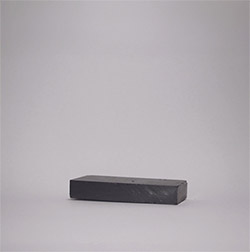
![Eternities: Rides Again [CASSETTE]](https://www.teuthida.com/productImages/misc4/36247.jpg)
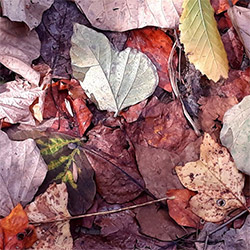
![Lopez, Francisco: Untitled (2021-2022) [2 CDs]](https://www.teuthida.com/productImages/misc4/36438.jpg)
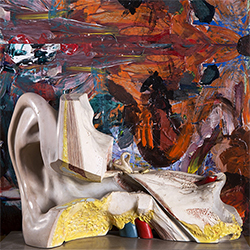
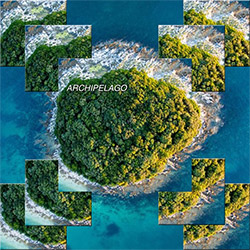
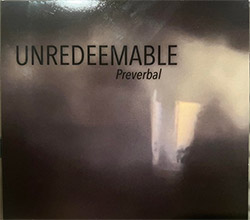
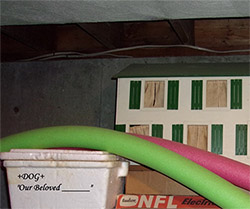
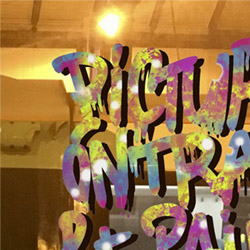
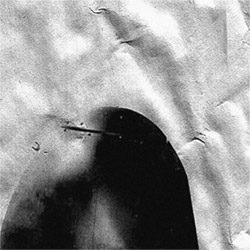
![Money : Money 2 [2 CDs]](https://www.teuthida.com/productImages/misc4/35894.jpg)
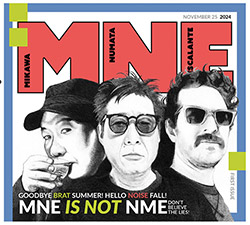
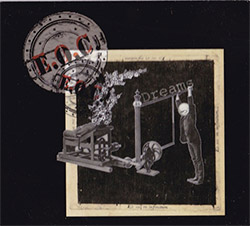
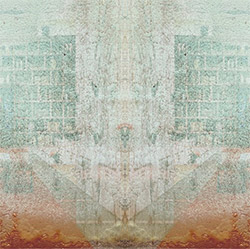
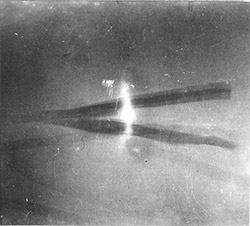
![Klinga, Erik: Elusive Shimmer [VINYL]](https://www.teuthida.com/productImages/misc4/36258.jpg)
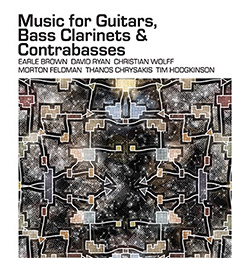
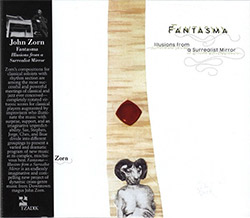
![Musicworks Magazine: #151 Summer 25 [MAGAZINE + CD]](https://www.teuthida.com/productImages/misc4/36559.jpg)

![Brown, Dan / Dan Reynolds: Live At The Grange Hall [unauthorized][CASSETTE]](https://www.teuthida.com/productImages/misc4/36245.jpg)
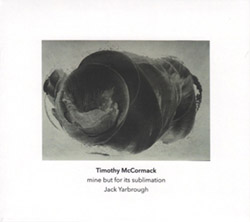
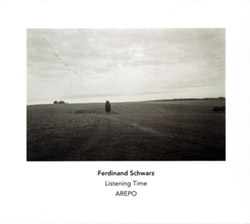
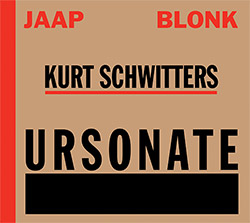
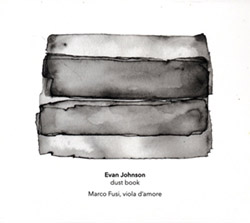
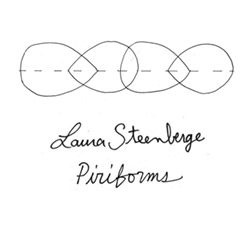
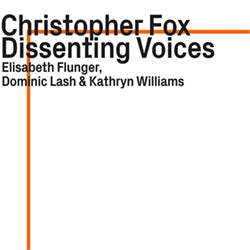
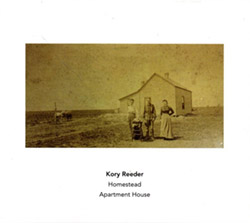

![Palestine, Charlemagne / Seppe Gebruers: Beyondddddd The Notessssss [VINYL]](https://www.teuthida.com/productImages/misc4/36206.jpg)
![Palestine, Charlemagne / Seppe Gebruers: Beyondddddd The Notessssss [NEON GREEN VINYL]](https://www.teuthida.com/productImages/misc4/36207.jpg)
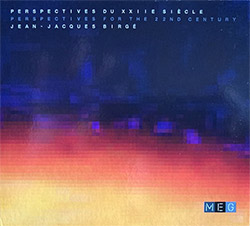
![Laubrock, Ingrid: Purposing The Air [2 CDs]](https://www.teuthida.com/productImages/misc4/35639.jpg)
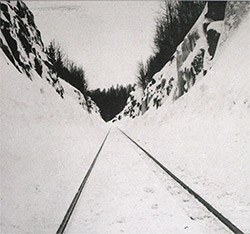
![Yoko, Ono / The Great Learning Orchestra: Selected Recordings From Grapefruit [2 CDs]](https://www.teuthida.com/productImages/misc4/35841.jpg)
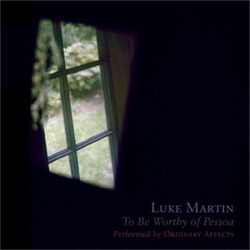
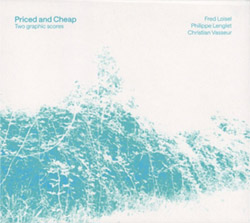
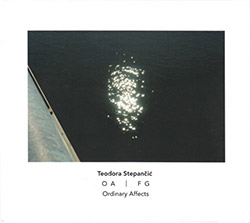
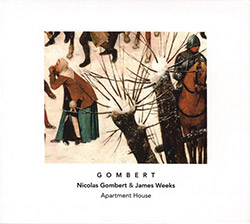
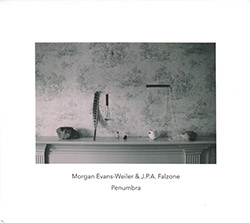
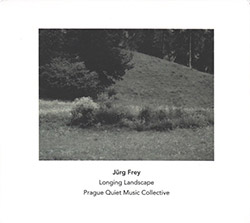
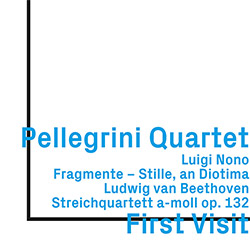
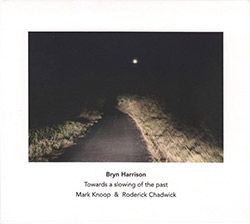
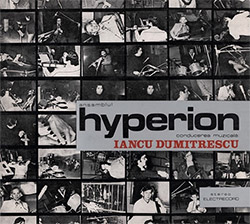
![Zorn, John / JACK Quartet: The Complete String Quartets [2 CDs]](https://www.teuthida.com/productImages/misc4/35609.jpg)

![Koenjihyakkei: Live at Club Goodman [2 CDs]](https://www.teuthida.com/productImages/misc4/36111.jpg)
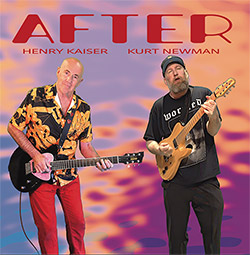
![Sorry For Laughing (G. Whitlow / M. Bates / Dave-Id / E. Ka-Spel): Rain Flowers [2 CDS]](https://www.teuthida.com/productImages/misc4/35985.jpg)

![Rolando, Tommaso / Andy Moor : Biscotti [CASSETTE w/ DOWNLOADS]](https://www.teuthida.com/productImages/misc4/36106.jpg)
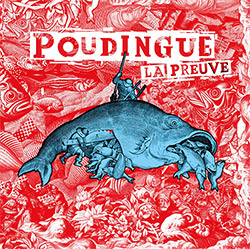
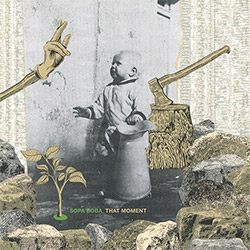
![Electric Bird Noise / Derek Roddy: 8-10-22 [CD EP]](https://www.teuthida.com/productImages/misc4/35970.jpg)
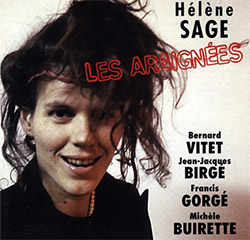
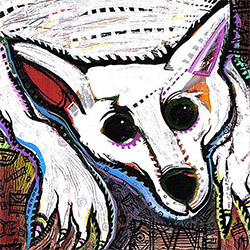
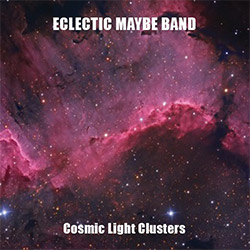
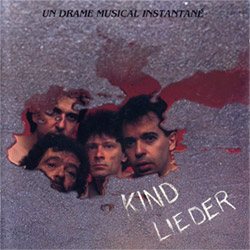
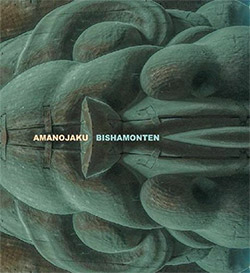
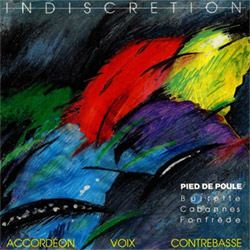
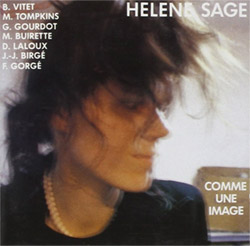
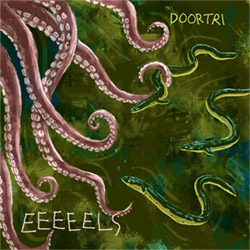
![Elephant9 : Mythical River [VINYL]](https://www.teuthida.com/productImages/misc4/34624.jpg)
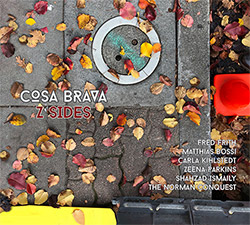
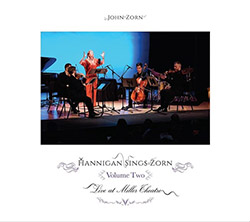
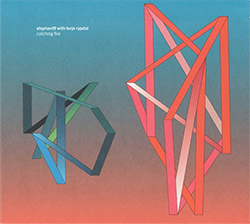
![Elephant9 with Terje Rypdal: Catching Fire [VINYL 2 LPs]](https://www.teuthida.com/productImages/misc4/35355.jpg)
![Deerlady (Obomsawin, Mali / Magdalena Abrego): Greatest Hits [VINYL]](https://www.teuthida.com/productImages/misc4/34876.jpg)
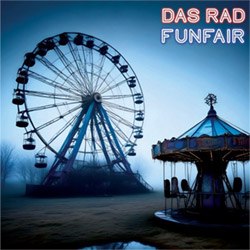
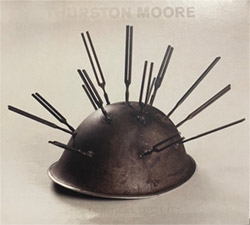
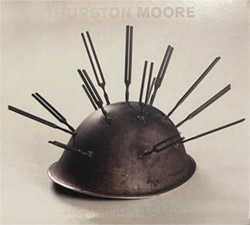
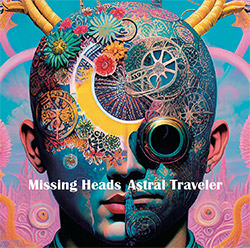
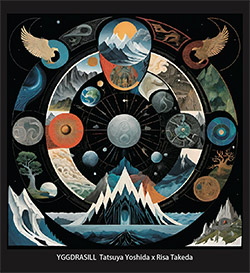
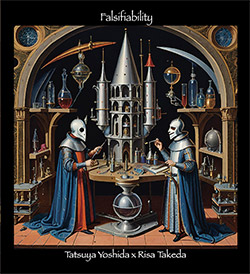
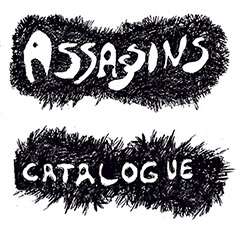
![Coley, Byron: Dating Tips for Touring Bands [VINYL]](https://www.teuthida.com/productImages/misc4/17906.jpg)

![Lost Kisses: My Life is Sad & Funny [DVD]](https://www.teuthida.com/productImages/misc4/lostKissesDVD.jpg)